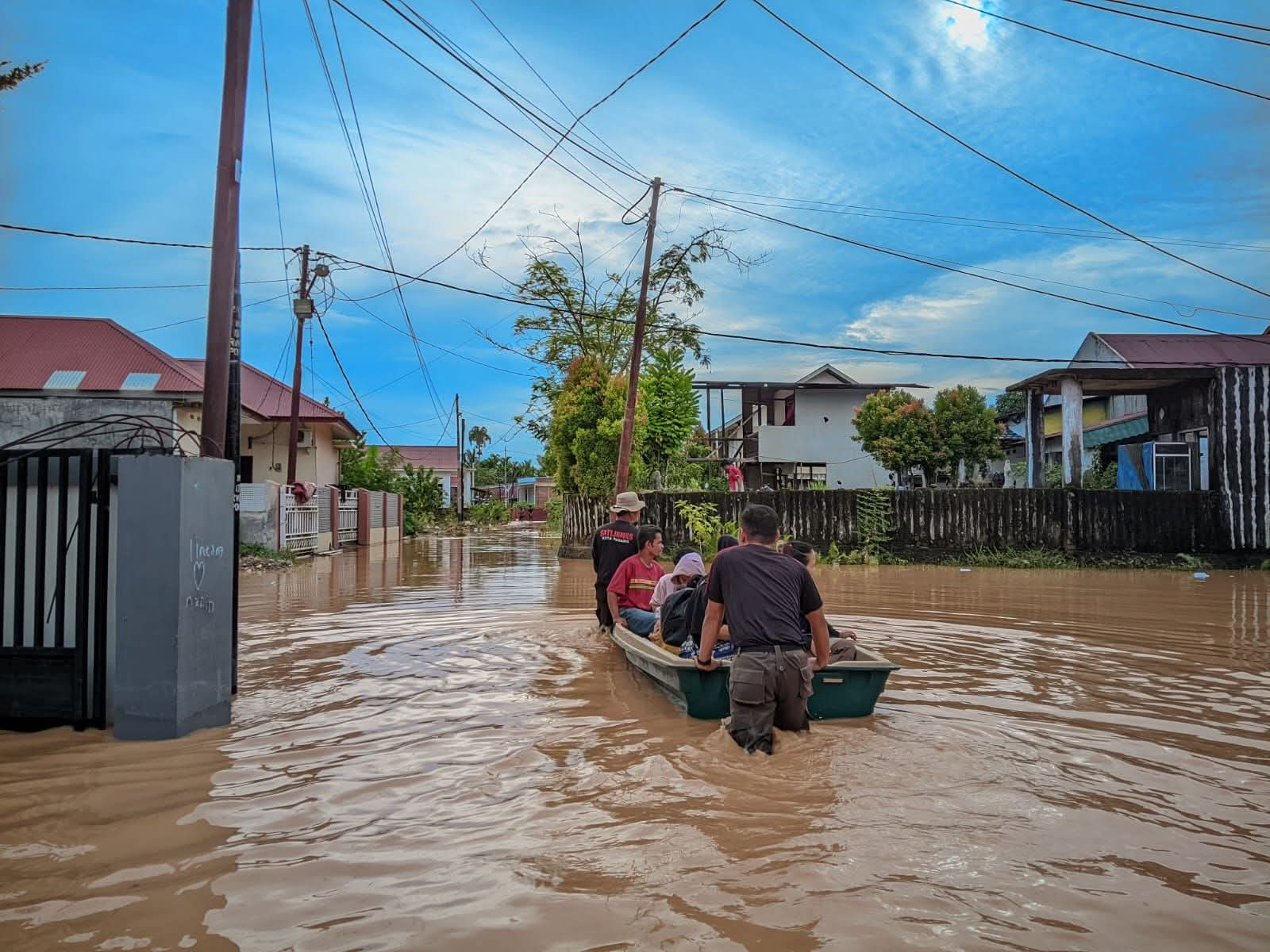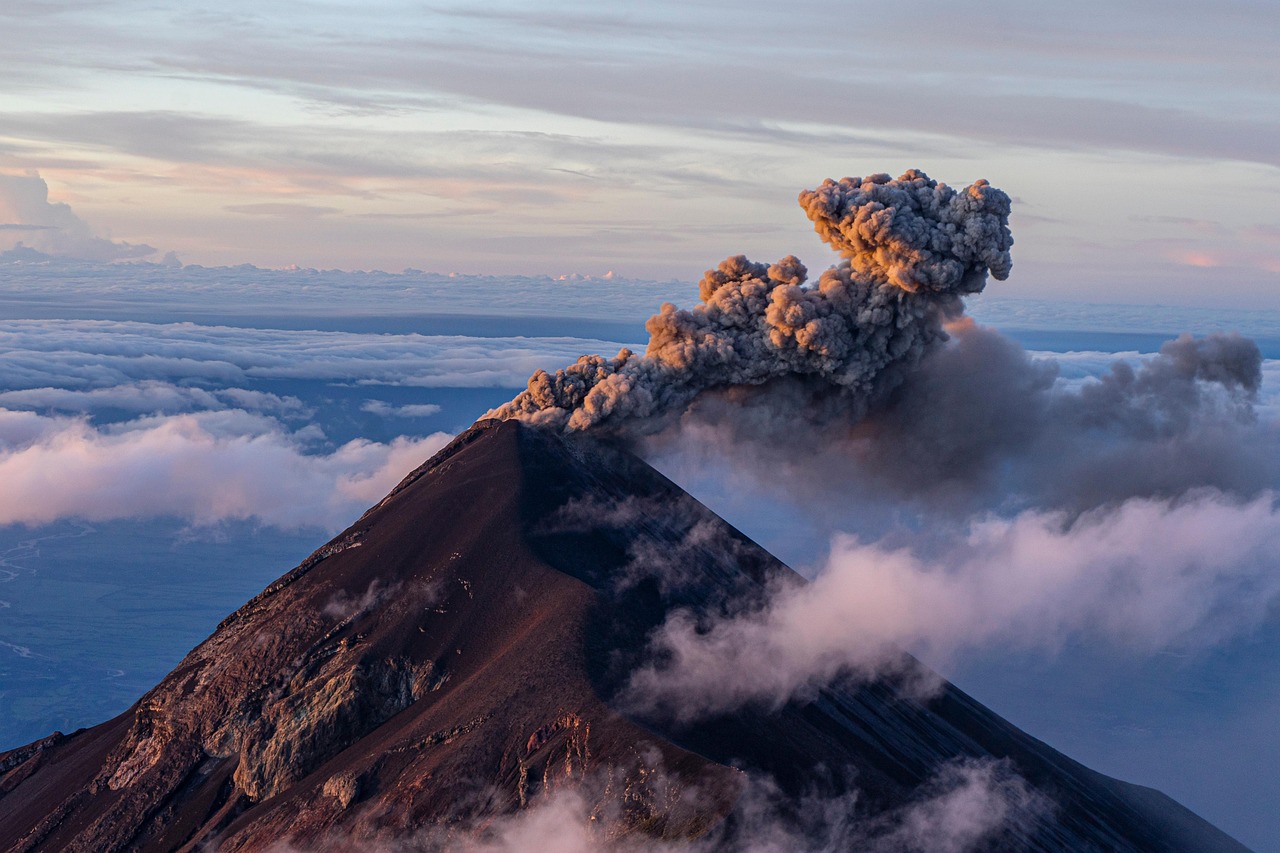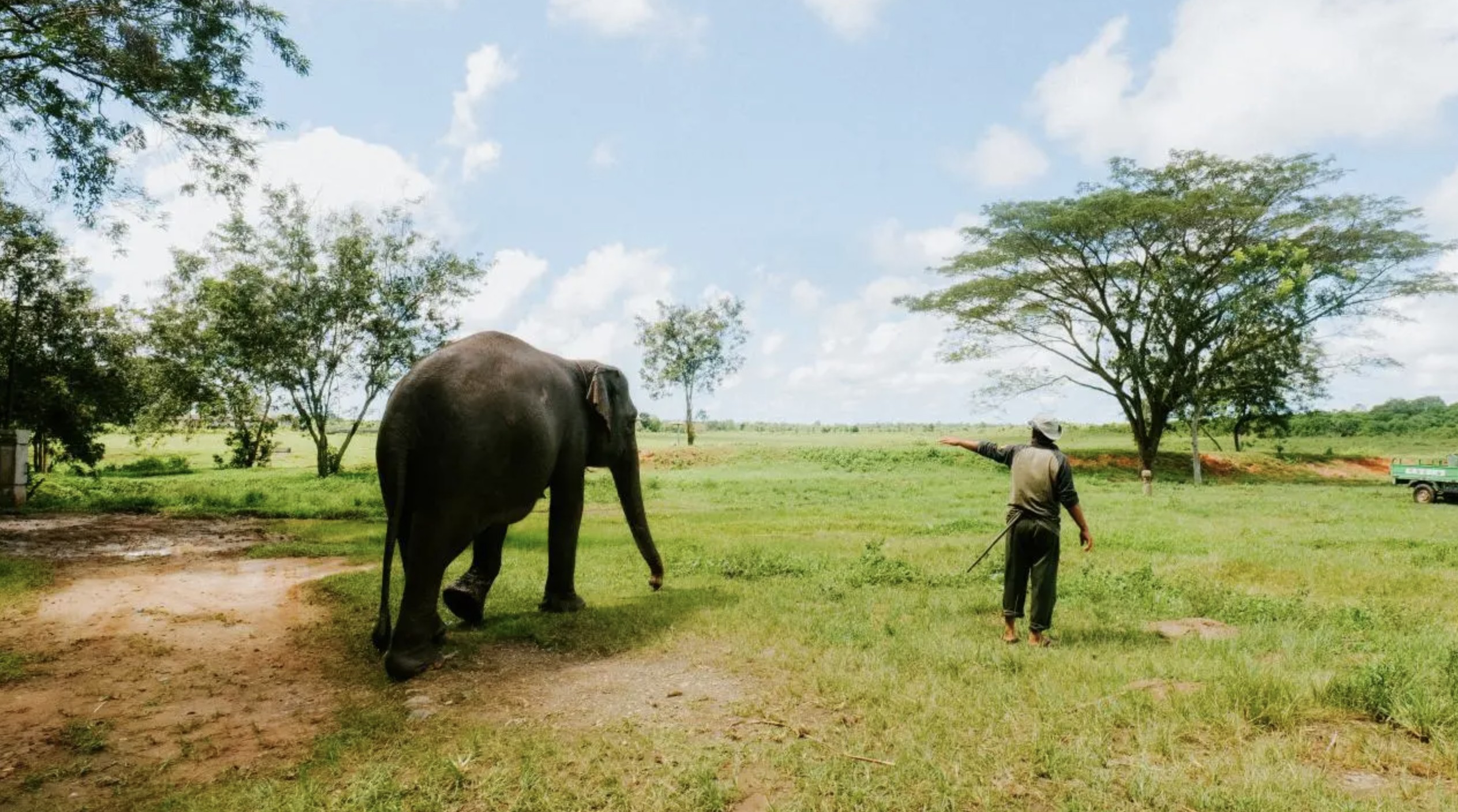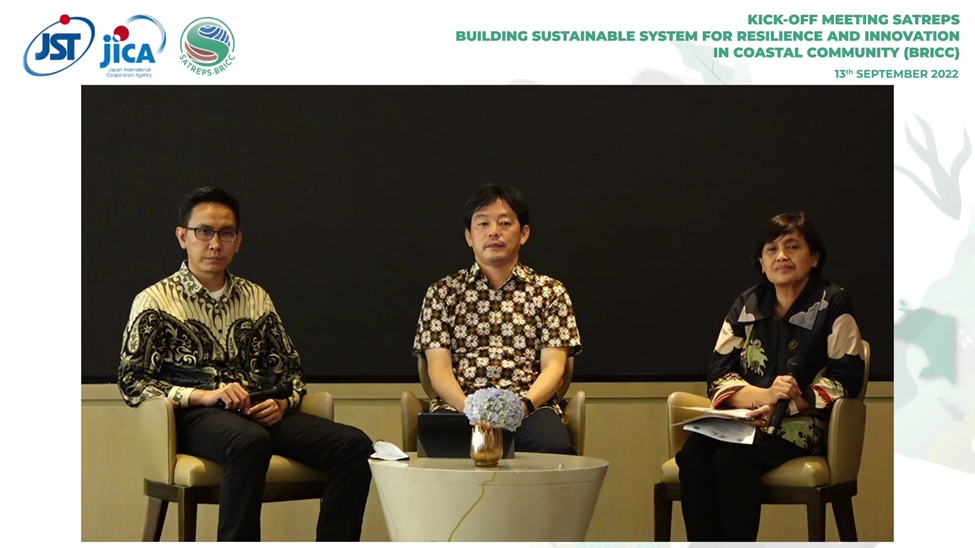SOI International Teleconference on Tsunami (english version)
Oleh Krisna Murti
Editor Krisna Murti

(ITB, Feb 24th, 2005)
An international teleconference on tsunamis and the role of universities in averting disaster took place in ITB’s PAU building today. Besides ITB, the hosts of this state-of-the-art symposium were the universities of Tohoku (Japan), Unibraw (Indonesia), and AIT (Thailand). The conference dealt with subject matters such as disaster recovery in the post-tsunami region, education of citizens about surviving tsunamis, design of infrastructures that would withstand another disaster, and the proposed early warning system for the South Asia region.
Last December’s tsunamis were the worst the modern world has ever seen in terms of loss of life.
The teleconference was shown on two overhead screens in the Systems and Applications Lab of PAU. Despite an electrical power surge, there were no technical problems with the carrying out of the symposium, mainly because of the sheer prowess of the ITB technical team.
The conference is part of SOI Asia’s digital education project. The SOI Asia Project aims at contributing to the higher education development in Asian countries through the utilization of the Internet and Digital Technology, and by fully making use of educational resources and technology.
The panel of speakers from ITB consist of Dr. Hamzah Latief and Dr. Syamsul Rizal, a professor of Marine Science from the university of Syiah Kuala. The rector of ITB, Prof. Djoko Santoso, was also present during the report from Tohoku University. Unfortunately, Mr. Djoko had to leave halfway through the conference for a prior engagement.
The report from Japan itself compared the tsunamis of South Asia with the kobejishin, or The Great Kobe Earthquake. The speaker, Dr. Ikuyo Kaneko, introduced footage from times immediately after the quake, which destroyed most public facilities in the suburbs of Kobe. School buildings and other large public places were used as shelters. The citizens, well trained, had prepared emergency food in backpacks and went in an orderly fashion to these public buildings.
Kaneko then went on to speak about the technology of teleconference and its dynamic role in the dissemination of information about disaster handling and recovery. Each country present in the teleconference would be able to trade information and ideas through this medium. Therefore it is felt that problems would be solved in a more effective manner.
Before finishing his speech, the speaker connected us with another teleconference session to the offices of the Japanese Prime Minister, Junichiro Koizumi. The Prime Minister gave his regards to the countries participating in the conference. It is his deepest hope that this technology may be harnessed to increase international cooperation.
Next to speak were Thailand’s speakers, and they painted a dark picture of the damage the tsunami has done to their infrastructure. Waste water management systems have collapsed; also power systems and water supply systems. Lifelines such as roads, bridges, airports and sea-ports have to be totally replaced.
Thailand cited design flaws as the major problem. The country’s buildings are not designed to withstand natural disasters. Therefore, the tsunami did greater damage than it should have done.
In closing, the Thai speaker invited Japan—as the country with quite a lot of experience with tsunamis—to help them with problems on infrastructure and disaster recognition for citizens.
Unibraw’s Adi Susilo continued this symposium by talking about the use of local vegetation to reduce the negative impact of tsunami wave on the land. Adi gave the example of Simeulue island, an island that is actually closer to the waves than Banda Aceh, but did not suffer as much damages from the tsunami. This is because the Simeulue island is surrounded by mangrove forest. Mangrove is a protective buffer for the waves.
From ITB, Aceh’s Syamsul Rizal next introduced the impact of tsunamis on the city of Banda Aceh. Syamsul Rizal reviewed the destruction of facilities and infrastructures in the great city; and also the grievous loss of souls. It is a sobering reminder.
Syamsul also gave an explanation about the role of his university, Syiah Kuala, on the reconstruction of the city. The university has signed a Memorandum of Understanding with UI, ITB, IPB, USU, and other Indonesian universities to rehabilitate and reconstruct Aceh.
The next speaker from ITB, Hamzah Latief, also mentioned the simulation database designed by the institute to help predict the actions of a tsunami. This software database consist of tectonic data including locations of past earthquakes, known tsunamis, and damages of each event. The main problem with the application of this database is lack of data and lack of sensitivity of current devices.
Hamzah introduced the concept of the early warning system for tsunamis. From data on coastlines and depth of the earthquake’s center we can infer the hardest hit locations and warn the citizens in due time.
Hamzah also explained about the concept of ‘return periods’ of large tsunamis. Before the tsunami of 2004, the last large tsunami in the Asia-Pacific region happened in 1833. From these and other statistical data we can infer that a tsunami would happen every 200 years or so. The repetition of tsunami in a certain region is called the return period.
In conclusion, it was generally agreed that a new early warning system should be created with the cooperation of the countries in the tsunami-addled region. In other respects, the countries need to educate its citizens about disaster handling and recovery.
Indonesia, as one of the hardest hit countries, expect expert advice from the Japanese and Thai government. It is hoped that this symposium would be a good starting point for the exchange of information about this and other international issues.
Pandu WS







